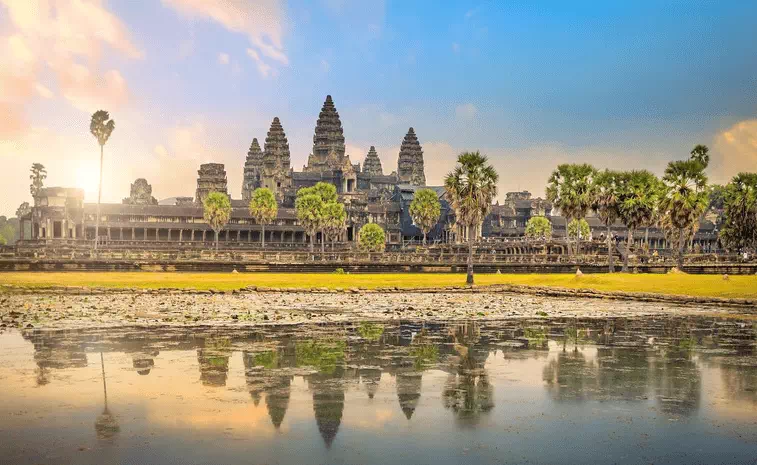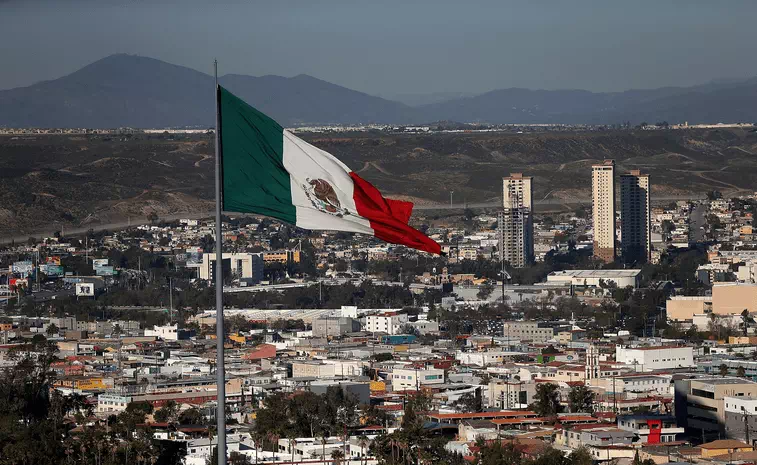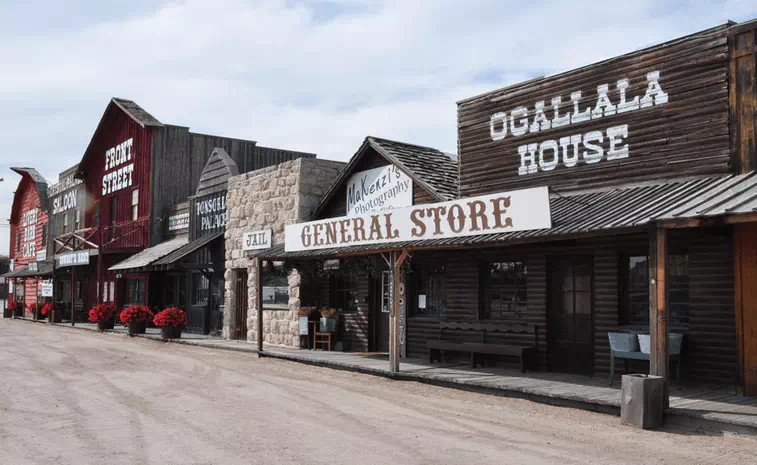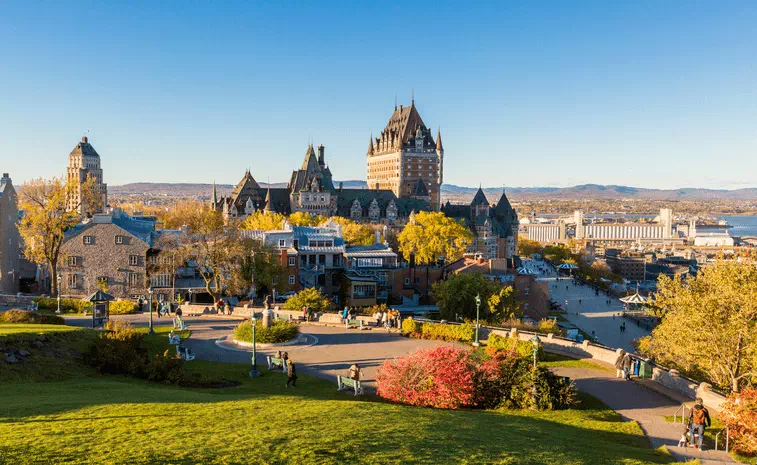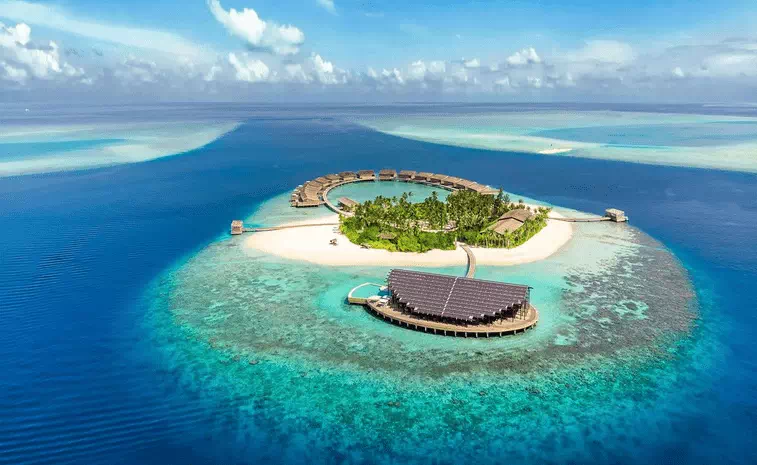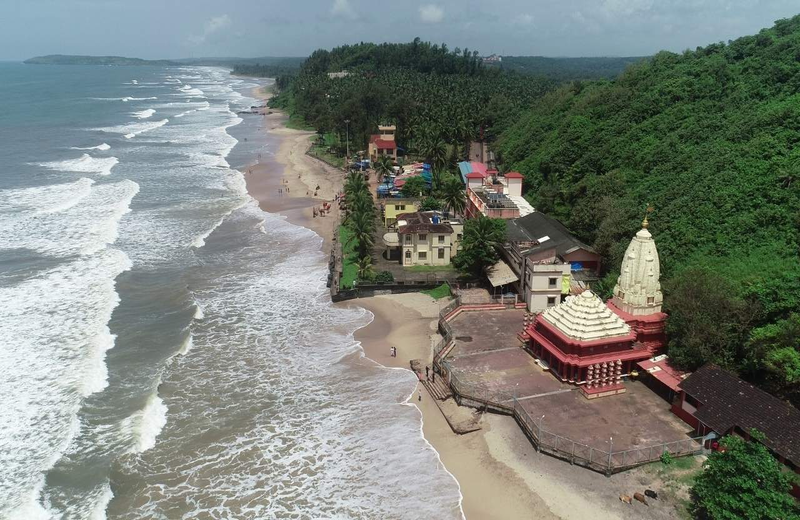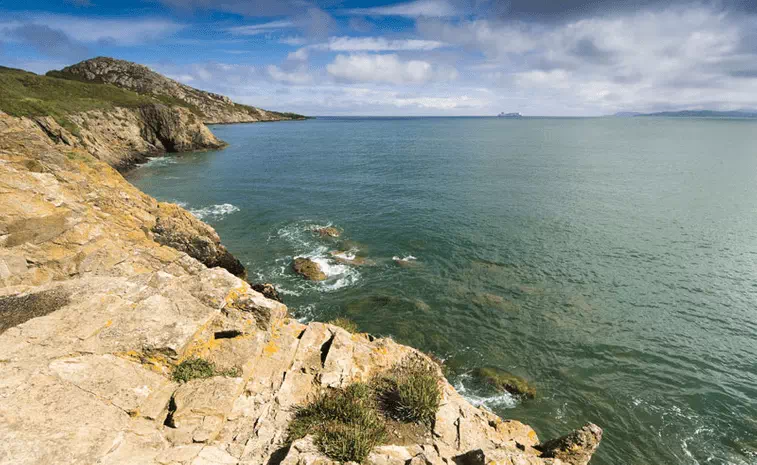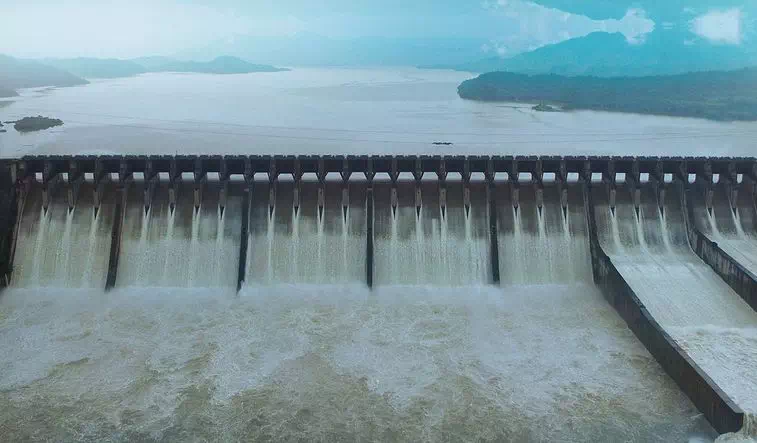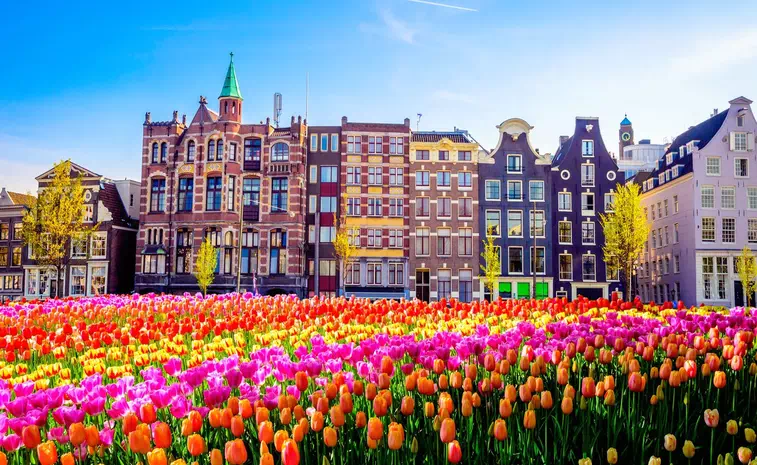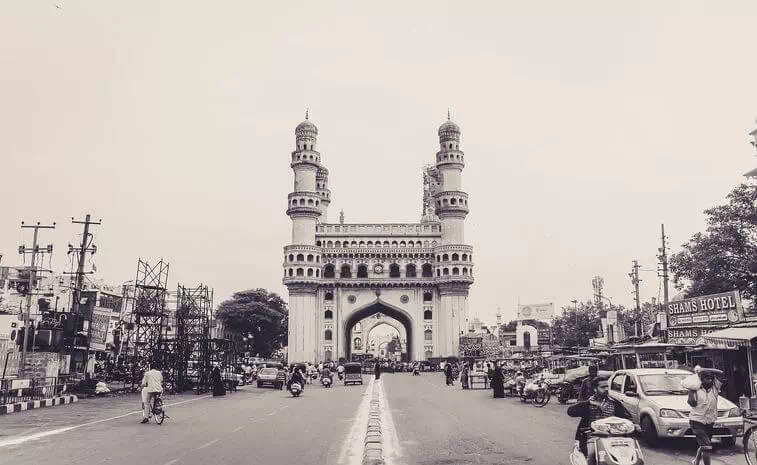Where is the Kara Sea?
Kara Sea (Geography, Islands, Marine Life)
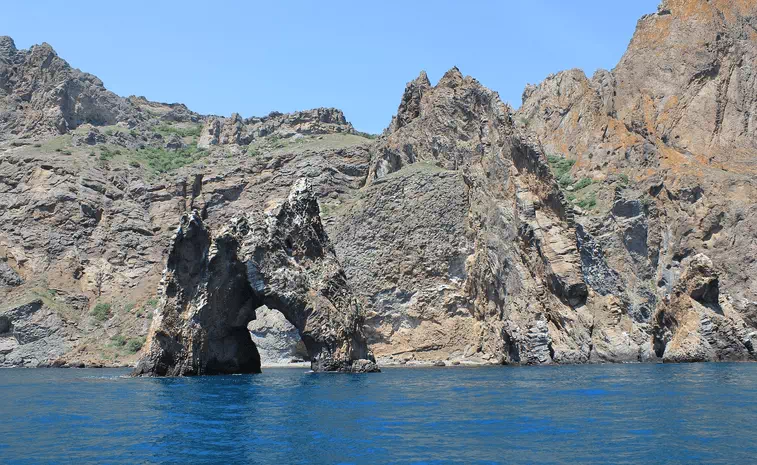
Today we are going to talk about Kara Sea. The Kara Sea is known as a part of the Arctic Ocean north of Siberia. The Kara Sea is separated from the Barents Sea to the west by the Kara Strait and the Novaya Zemlya to the west and from the Laptev Sea to the Severnaya Zemlya archipelago to the east. This type of sea is named after the river Kara. So let's gather a little more information about Kara Sea.
The northern boundary of this type of sea is geographically marked and extends from Graham Bell Island, Franz Joseph Land's Cape Kohlsaat to Cape Molotov, and from the northernmost point of Komsomolets Island in Severnaya Zemlya. The sea is about 1,450 km long and 970 km wide. Kara Sea has an area of about 880,000 km2 and a depth of 110 meters.
The main ports of Kara Sea are Novi Port and Dixon. And these ports are important as fishing grounds for all except the two months of the year when the sea of the Kara Sea is bound by ice. Significant discoveries of petroleum and natural gas on the Kara Sea, the West Siberian Oil Basin and the East- Prinovozemelsky region have been expanded but not yet developed here.
This type of ocean has a complex way of circulating water. This sea is sea ice affected by freshwater runoff from Russian rivers between September and May and between May and August. The Kara Sea is also affected by the flow of the Barents Sea. When steam water escapes from the Atlantic and before it reaches the Kara Sea it merges with the cold and fresh water in the Barents Sea.
History
This type of sea was formerly known as Oceanic Scythians. At different times many researchers have tried to reach the stable Kara Sea but most of them failed in their efforts. That exploration of the Kara Sea was hampered primarily by harsh climatic conditions and therefore remained unclear until the end of the 19th century. The Russian Revolution of 1917 greatly expanded this type of sea exploration for the development of the Russian North Sea route.
This type of sea is strategically located on the North Sea route. Many economically important materials such as food products, wood, fur and construction materials are transported on the Kara Sea. Many natural resources have also been found in this type of sea area. The Russian government has allowed oil companies to explore the Ob-Yenisey region of the Sea for petroleum and natural gas. In October 2010, the Russian government licensed the Russian oil company Rosneft to develop a pre- Prinovozemelsky oil and gas structure in this type of sea.
Geography
The melting of glaciers in the last ice age created this type of ocean. Fragments of icy ice have been found beneath the silt bottoms on the Kara Sea. Various types of rocky soils have also been found in the northeastern parts of the Kara Sea. Kara Sea is found to be relatively shallow. This type of sea is known as the coldest sea in the world. The Kara Sea is covered with ice from September to May.
The average temperature on the Kara Sea during the month of January is between -28 ° C and -20 ° C. And in the winter months on the Kara Sea is usually characterized by heavy snowfall. July is considered to be the hottest month on the Kara Sea and the time temperature is between -1 ° C and -6C.
Many large and small islands are found in the Kara Sea. Important islands in the Kara Sea include Kamennyy, Bely, Dikson, Oleni, and Taymyr Islands. The Kara Sea has major island groups, including the Izvestiy Tsik, the Arkitcheskiy Institut Island group, Kirov, Edinenie, Voronina, and Wiese. Despite latitude, all the islands except Ushakov Island are irregular on the northern boundary of the sea.
Various rivers, including the Pyasina, the Kara, Ob, and the Yenisei, flow into the sea. It is estimated that about 1,200 km of freshwater is discharged into the sea by rivers flowing on the Kara Sea between May and August. The huge flow of fresh water from all these rivers is responsible for the diverse salinity of this type of sea.
Nature Reserve
The Great Arctic Nature Reserve includes this type of oceanic islands section. And that section represents the completely natural and biodiversity of the Arctic Ocean islands in the eastern part of the Sea. Franz Joseph Land in North Novaya Zemlya, near the Kara Sea, and Saver's Island are also listed as sanctuaries by the Russian Arctic National Park.
Marine Life
Different species of zooplanktons are found in the sea of this type. The main species of fish found in the Kara Sea include cod, salmon, and sturgeon. In the summer season, numerous flocks of geese migrate to the sea for breeding. The Kara Sea is also home to many marine mammals, including white whales, colored seals, harp seals, walruses, sea rabbits, bearded seals, and polar bears.
Nuclear Dumping
This type of sea is prone to radioactive contamination from nuclear waste and the former Soviet Union sank in the seas of the Kara Sea and will affect the marine environment. According to an official "White Paper" report compiled and published by the Russian government in March 1993, the Soviet Union threw six nuclear submarine reactors and ten nuclear reactors into the sea in 1965–1988.
During the reactor refueling, solid high and low debris from the Northern Fleet nuclear submarine were dumped into the sea. Liquid low-grade wastes were discharged into the open barrens and the ocean. Subsequent assessments by the International Atomic Energy Agency show that the releases from 16 naval reactors dumped at five locations in this type of sea are low and local.
Most of the reactors dumped by the Kara Sea were involved in accidents. According to documents seen by Bellona, the list of waste dumped into the Kara Sea by the Soviets included 19 ships, 17,000 containers, 14 nuclear reactors containing almost radioactive waste, and five nuclear fuels.





